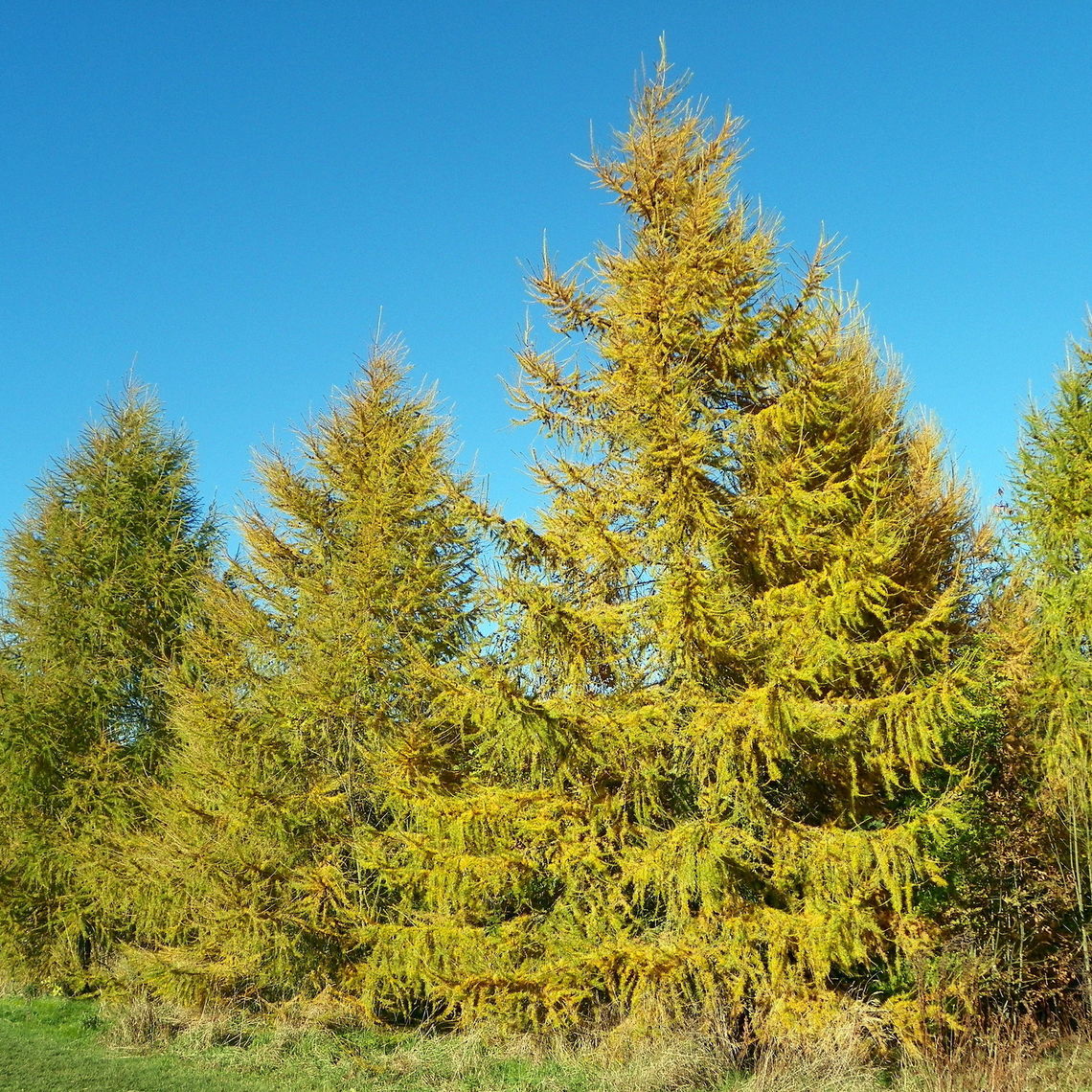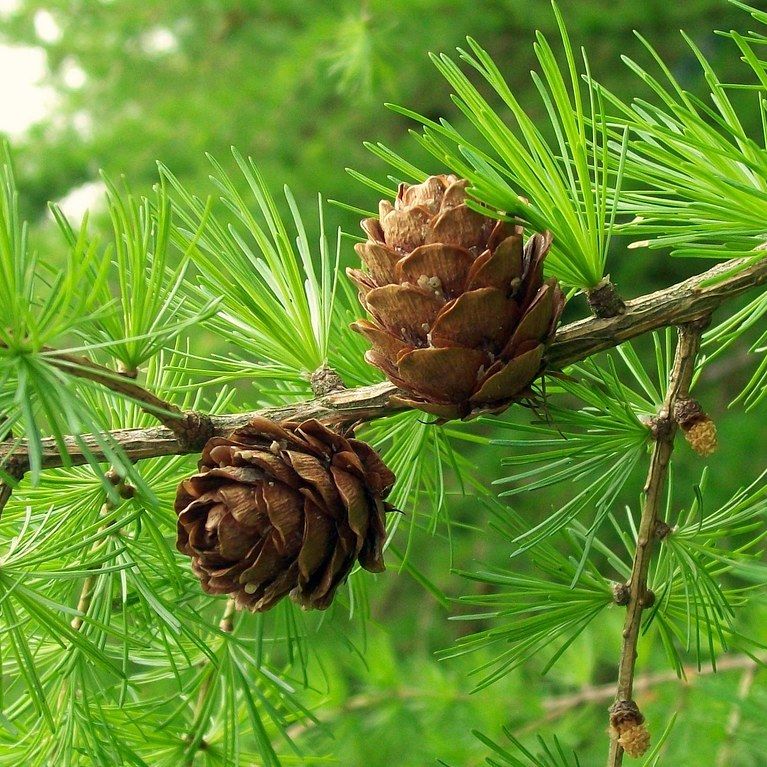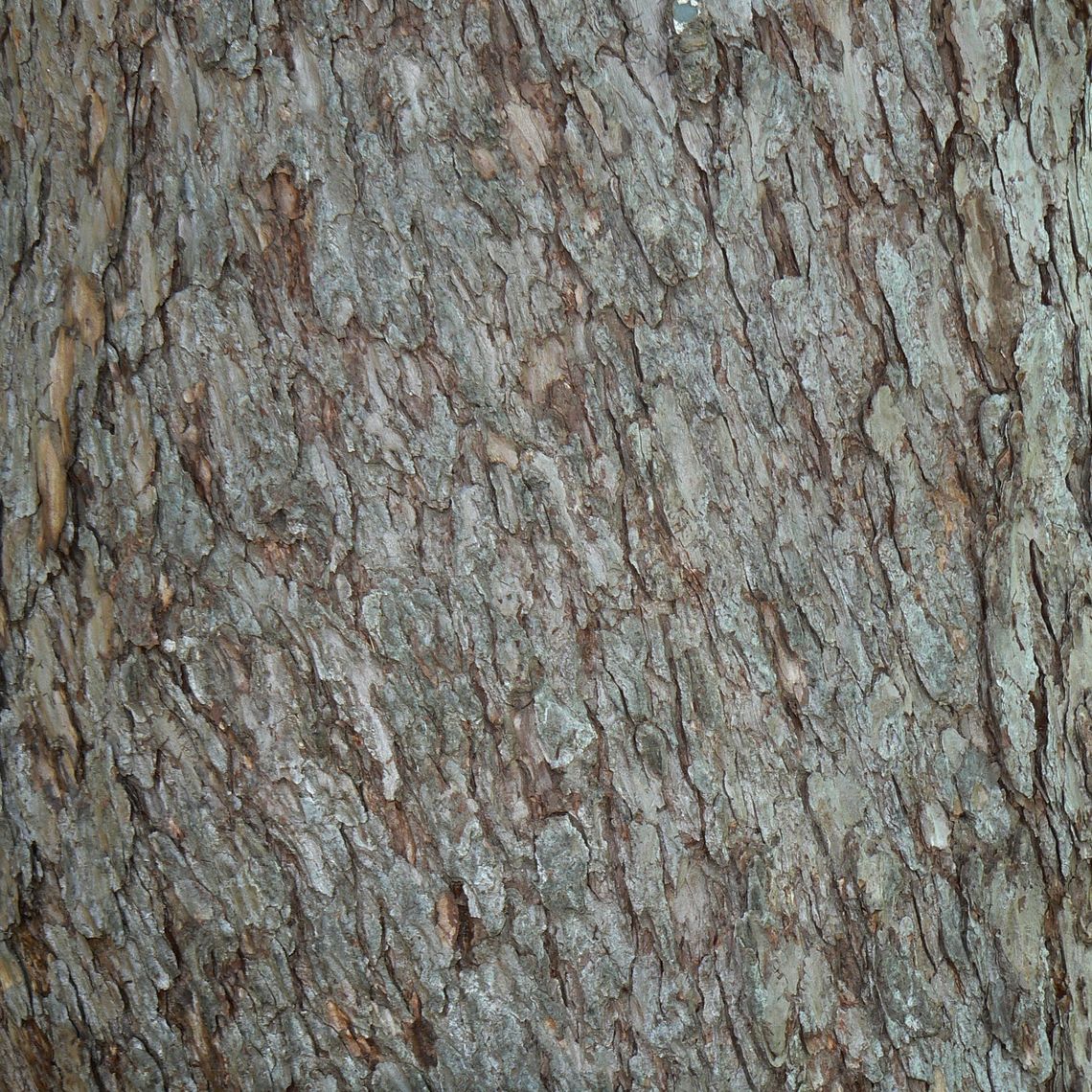European Larch (Larix decidua)
The European larch is unlike most conifers because it loses its needles every winter. These needles are 1 inch long, bright green in the spring and summer, and turn yellow in the fall. The tree's cones are red-brown, are covered in small brown hairs, and have tightly overlapping scales. In Europe, this species is an important timber source. This tree attracts birds and moths.
Family: Pinaceae (Pine)
Characteristics: The 1-inch-long needles are bright green and turn yellow in the fall. Cones are a red-brown and covered in small brown hairs. The cone scales overlap tightly. Bark is red-brown and becomes scaly with age. This tree has a pyramidal shape with horizontal branches and drooping branchlets. With age, it becomes broad and more irregular in shape. This tree grows 70-75 feet high and 20-30 feet wide.
Foliage: Deciduous (leaves lost seasonally)
Geographic Origin: Central and southern Europe (non-native)
Cultivation Notes: Requires low maintenance. Does best in full sun, though is tolerant of light shade. Prefers moist and well-drained soils and cool conditions.
Number on Campus: 1
Sources: Dirr, Morton Arboretum, Missouri Botanical Garden



